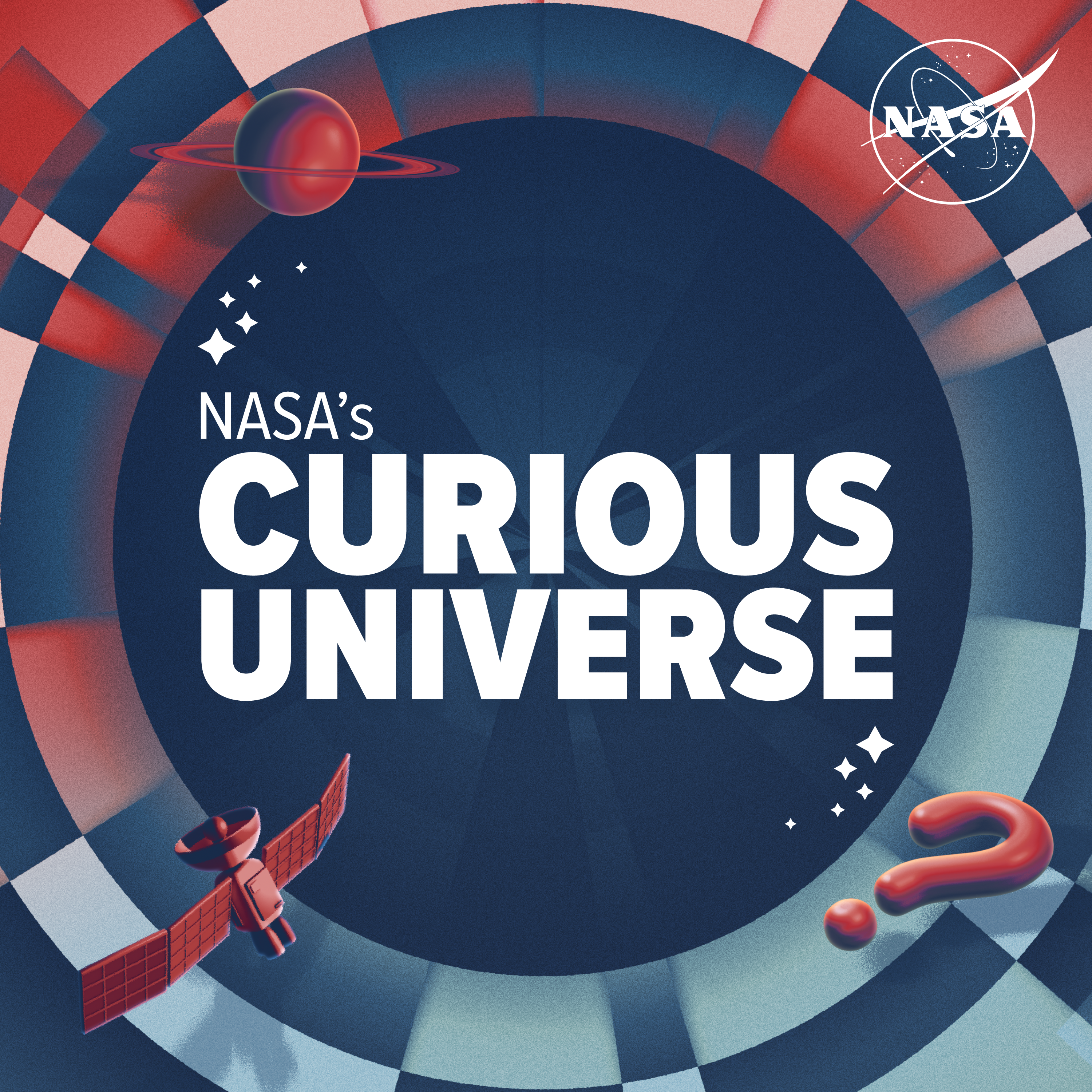Come get curious with NASA. As an official NASA podcast, Curious Universe brings you mind-blowing science and space adventures you won’t find anywhere else. Explore the cosmos alongside astronauts, scientists, engineers, and other top NASA experts. Learn something new about the wild and wonderful universe we share. All you need to get started is a little curiosity.

Come get curious with NASA. As an official NASA podcast, Curious Universe brings you mind-blowing science and space adventures you won’t find anywhere else. Explore the cosmos alongside astronauts, scientists, engineers, and other top NASA experts. Learn something new about the wild and wonderful universe we share. All you need to get started is a little curiosity.
As NASA’s Europa Clipper spacecraft leaves Earth, it carries a message: we, too, are made of water. Europa—one of Jupiter’s moons—is a top candidate to support life, thanks to its ocean of liquid, salty water capped by a layer of ice. Lynnae Quick-Henderson, a planetary scientist at NASA, explains how Clipper will search Europa for the building blocks of life. The mission is also a message in a bottle, bringing a greeting from one ocean world to another. Hear how Ada Limón, the Poet Laureate of the United States, used NASA’s mission as inspiration for her poem “In Praise of Mystery: A Poem for Europa” and why she thinks everyone—even space nerds—should step back and appreciate our connections to the universe and each other.
The idea of an asteroid from outer space crashing into Earth has captured the imaginations of science fiction directors for decades. But here at NASA, we take potentially hazardous near-Earth objects seriously. We have a planetary defense office that plans for every scenario—we’ve even practiced nudging an asteroid off course with spacecraft. But there are tens of thousands of objects in near-Earth space, and the first step in protecting against potential impacts is spotting, tracking and managing every single one of them. Learn how NASA does just that from Joe Masiero, a scientist on the asteroid survey mission NEOWISE. Then, join friend of the show Latif Nasser, co-host of the podcast Radiolab, to untangle the mystery of a strange space rock that’s not quite a moon but not quite a normal asteroid, either.
On April 8, 2024, North America experienced its last total solar eclipse until the 2040s. As the Moon’s shadow fell across the U.S., NASA sent Curious Universe producers out into the field across the path of totality to talk to space nerds and eclipse scientists. In this special bonus episode of our Sun Series, we’ll relive the special day together.
For the first time, a NASA spacecraft is flying through the Sun's atmosphere. Nour Raouafi, project scientist for Parker Solar Probe, explains why the Sun's corona is the source of one of the biggest mysteries in all of space science. So, what does it take to build a probe that can touch the Sun—including surviving temperatures of 2,500 degrees Fahrenheit and barreling through sudden eruptions of solar plasma—and live to tell the tale? We'll also go inside the fleet of NASA spacecraft studying the Sun from many angles, including the rescue mission to save a wildly spinning observatory before it became lost in space forever.